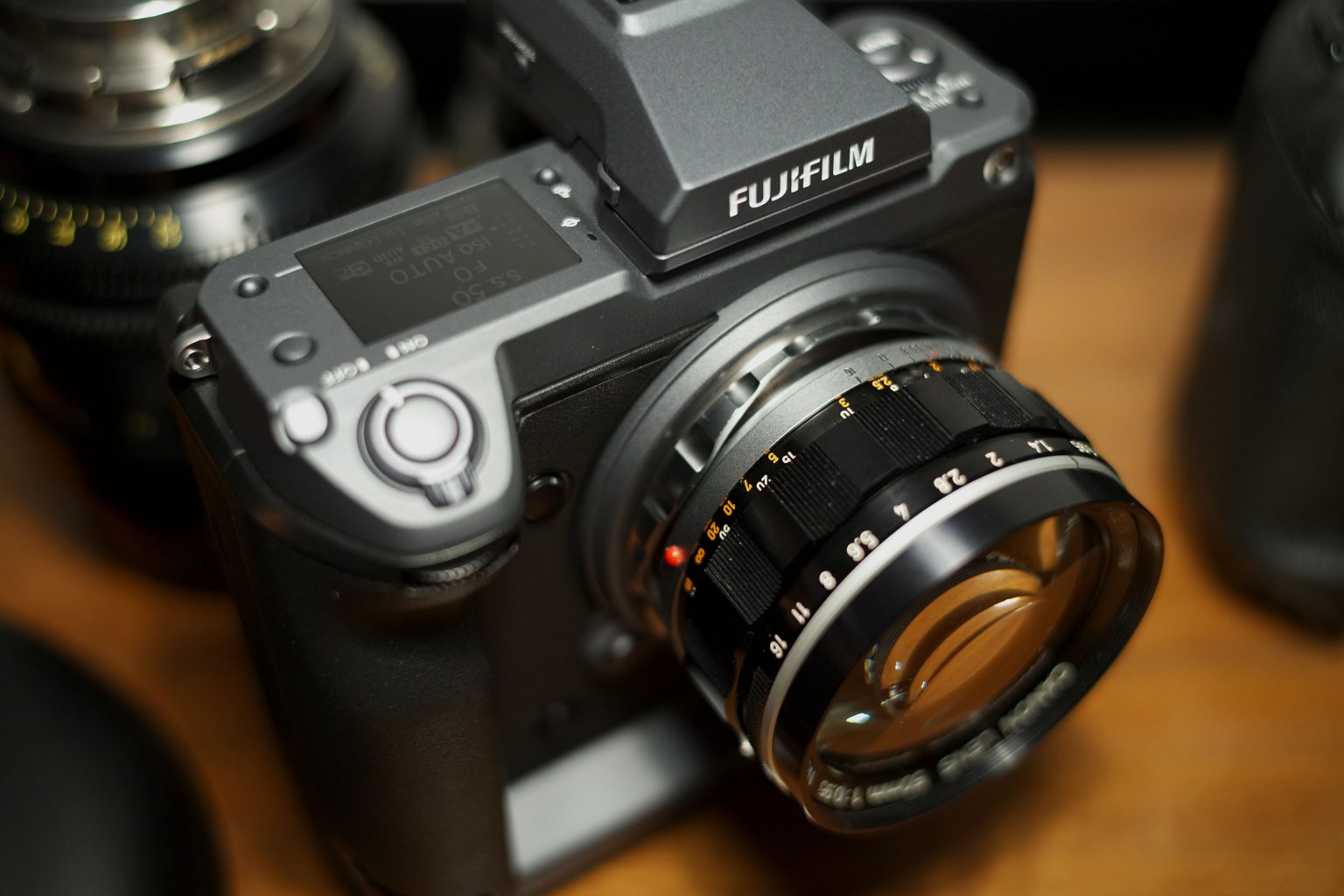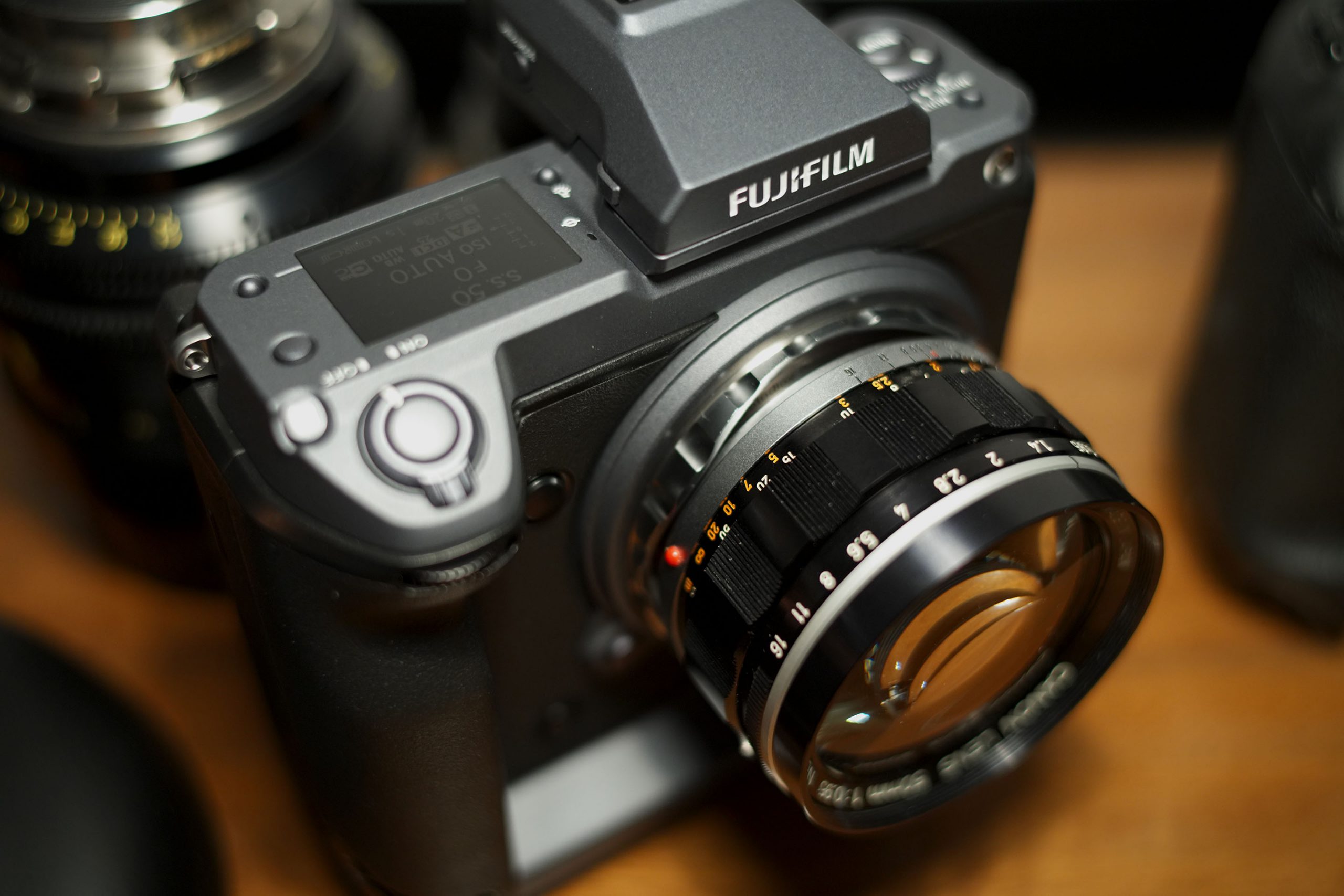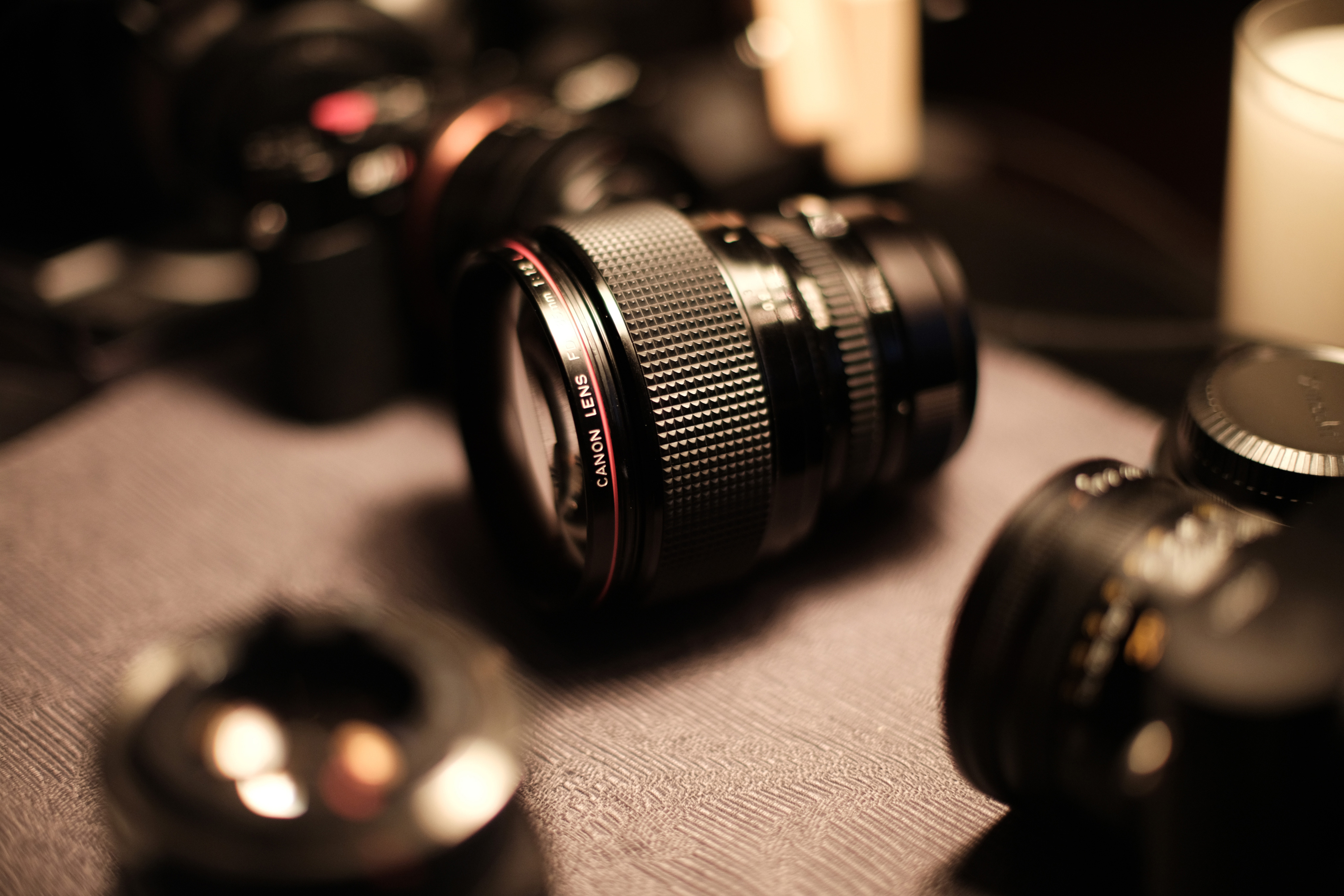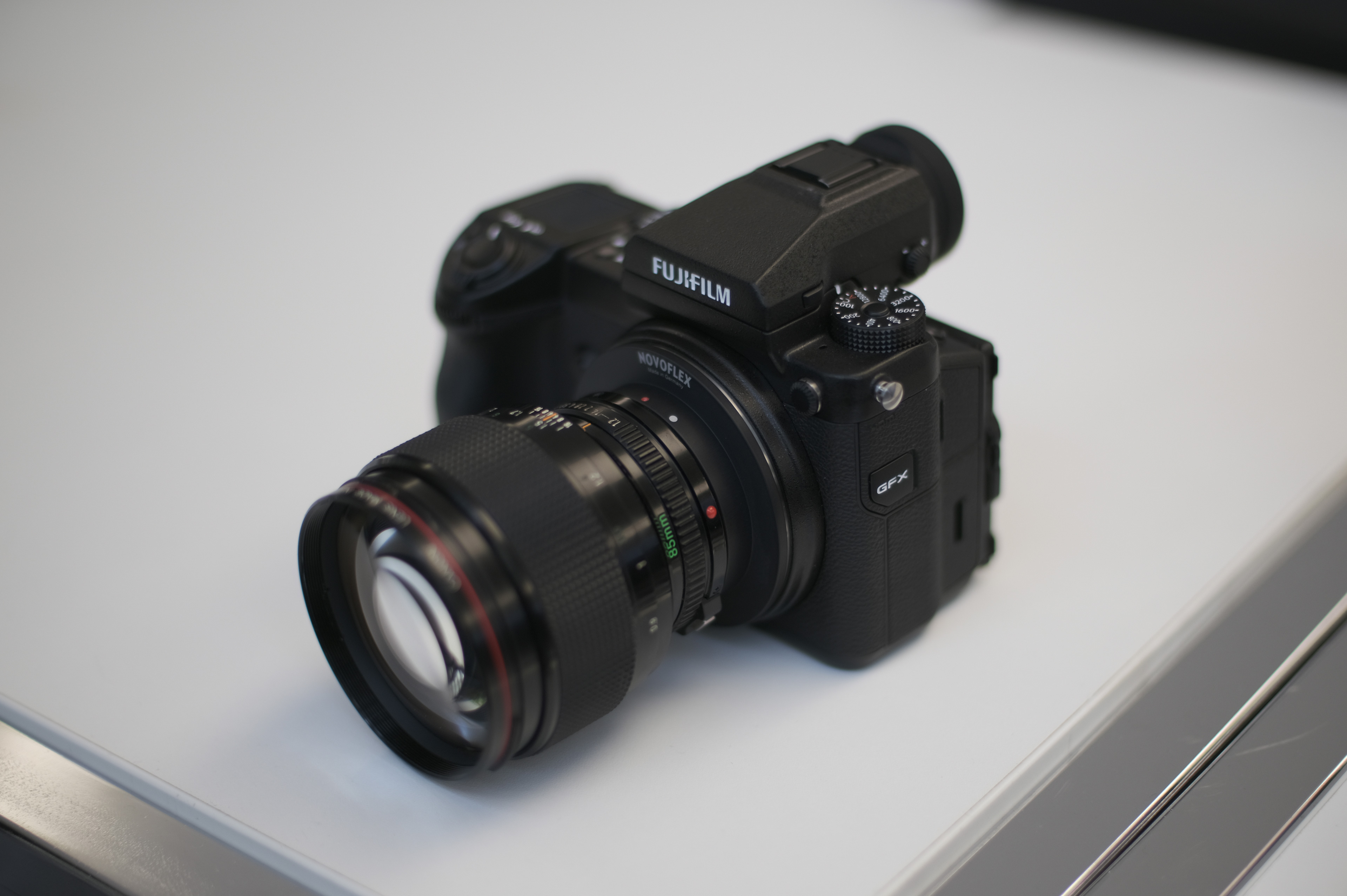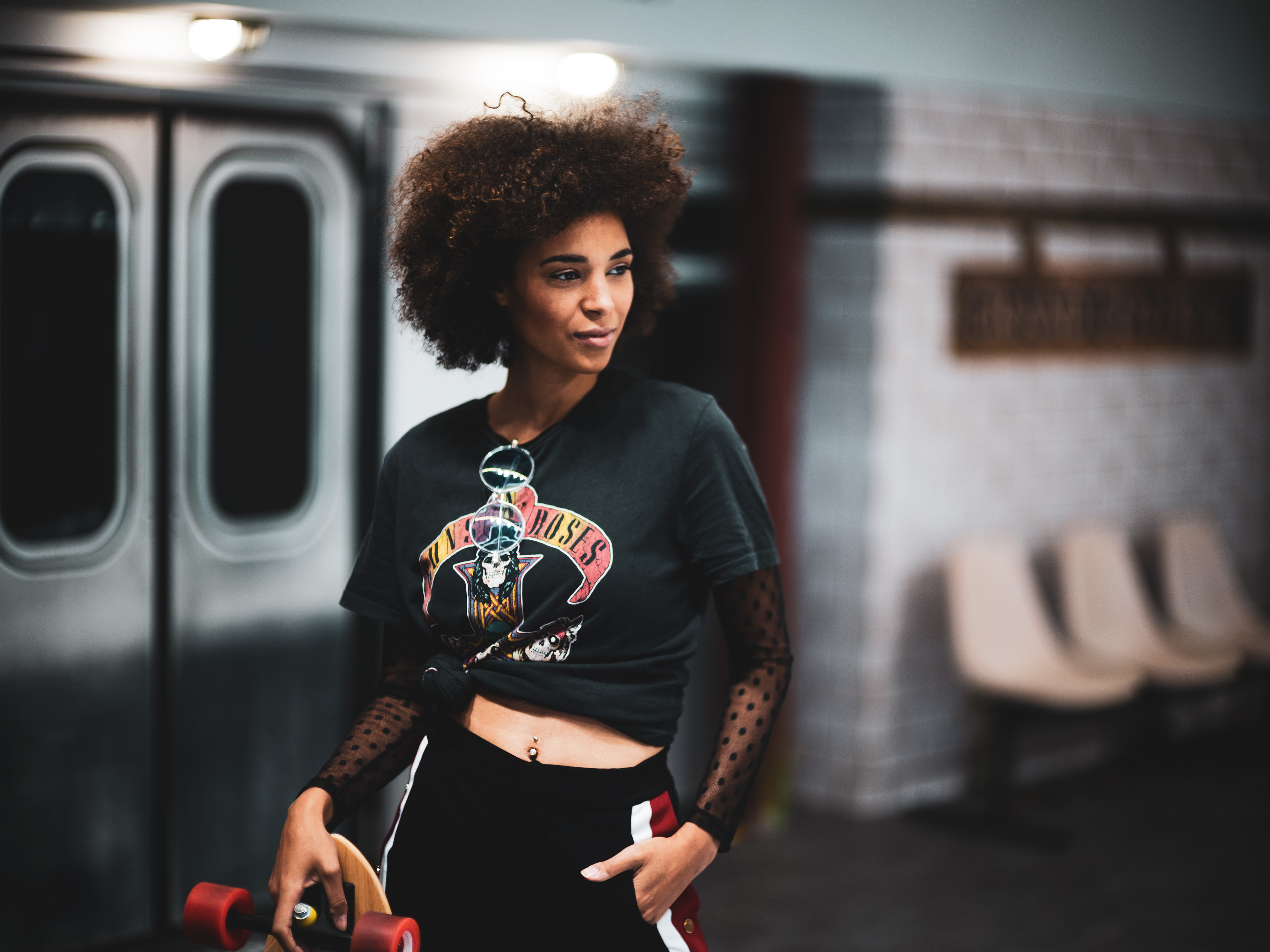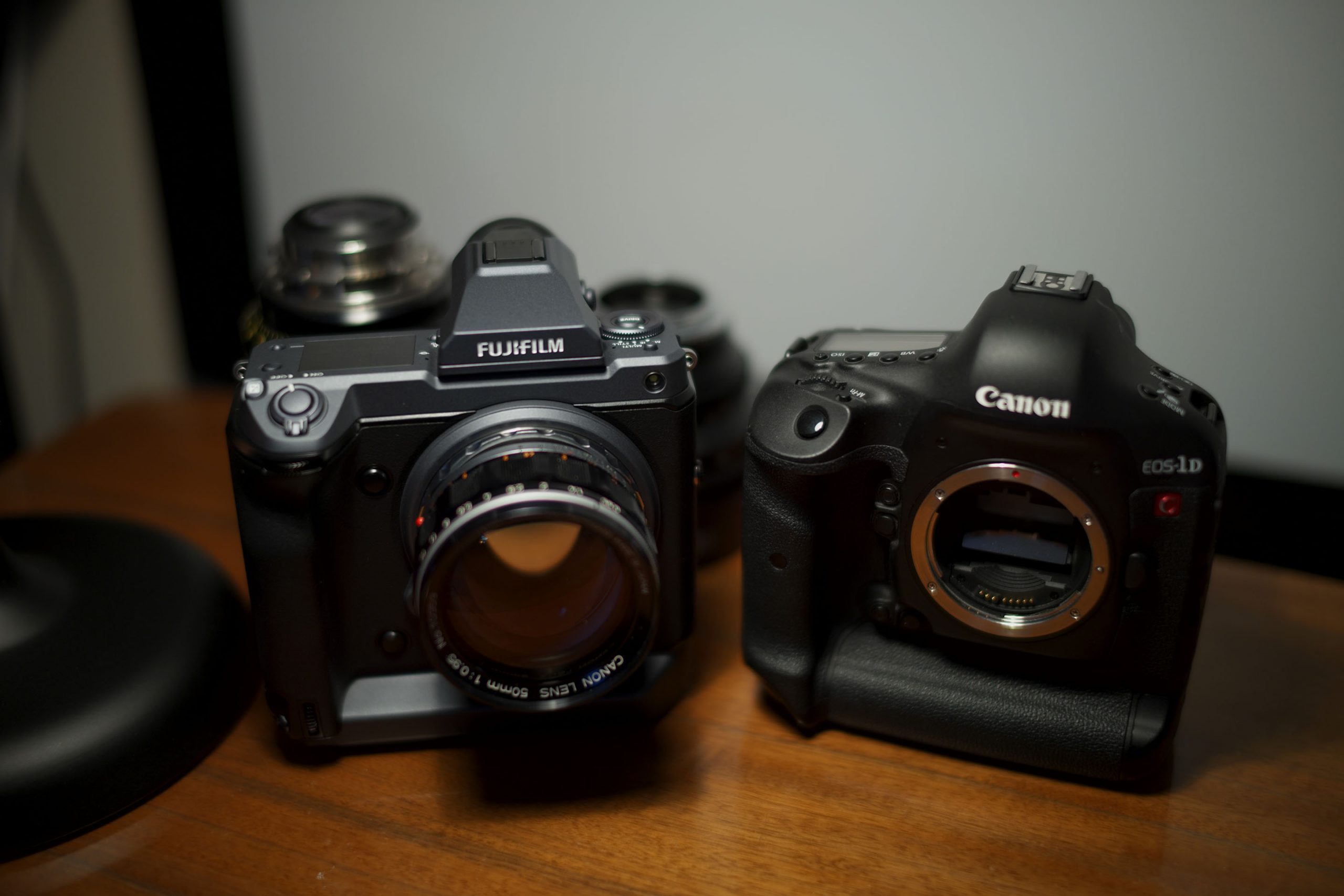
I often look at the 4 or 5 cameras in my bag and think “this cost me far too much and they’re all the same”. Then I have a cup of tea and try to forget about it.
Yes it’s true, the full frame market is overcrowded and image quality differences between them are getting smaller. What about selling 3 or 4 of those cameras, I thought to myself… And consolidating them into one giant mad one.
So this happened…
I plan to use the GFX100 with full frame lenses, not just medium format. The sensor in DCI aspect 4K measures 44mm x 24mm, so it’s as high as a full frame sensor in 3:2 without the 16:9 crop. Yes, with full frame 4K you lose the top and bottom of your lenses because of the 16:9 aspect ratio. Well, that all changes with medium format and the GFX 100.
I do have the some medium format glass. The Fuji GFX 63mm F2.8, 32-64mm WR, Pentax 67 adapter and so on, but the attraction for me is that the Fuji GFX 100 is a kind of turbocharged full frame+ camera – and a Fuji – at that. Yes, it’s a full frame X-T3 and 4K medium format camera all rolled into one. 100 megapixel stills are a bonus!
The vertical crop in DCI 4K on this camera is exactly what you see through the viewfinder of a full frame camera in 3:2 stills mode. How many times have you wished you could frame up exactly that same 36x24mm shot in video mode with NO compromises? Without chopping the top of somebody’s head off or moving backwards?
So this is the first thing that stands out about the GFX 100 for me – that and the incredible Hasselblad XPAN look to the width of the sensor – the full 44mm sensor is used in 4K video mode, a real technical feat from 100 megapixels. Indeed, the GFX 100 positively refuses to do anything less. If you assign Full Frame 35mm mode to a function button and press it in movie mode, nothing happens. You can shoot full frame 60 megapixel stills but it’s medium format video or nothing! I can’t say I’m too bothered because in 16:9 most full frame lenses work without vignetting as they are designed to cover that exact 24mm image height. It’s only the width of the sensor that is outside the image circle they are designed to project. But going outside that 36mm sensor width yields some fascinating results.
Canon FD 85mm F1.2L on 44×33 sensor
Minolta 58mm F1.2 on 44x33mm sensor
So yes, outside this width is where you’ll find some vignetting with certain full frame lenses at the side. It tends to be lenses that are already borderline for vignetting on full frame and have soft corners – like the Leica Noctilux where it doesn’t matter (because it’s a dreamy portrait lens) – and some wide angle zoom lenses. Some lenses will surprise you. The tiny Voigtlander 40mm F2 Ultron pancake for EF mount covers the medium format sensor even in 4:3 stills mode! Other small Leica M mount lenses like the Zeiss ZM 35mm F2.0 seem to also work well, especially in 4K – although the edge and corner sharpness takes a bit of a hit, the overall impact of medium format at fast apertures is still stunning.
Purely as a medium format camera, you can of course put a range of medium format lenses on there and take advantage IBIS for the first time on any medium format camera, 100 megapixel 16bit RAW files, and even on-chip phase-detect AF… all at a much lower price than the 100 megapixel 4K Hasselblad alternative. AF performance seems at first glance to vary wildly between Fuji’s own lenses and the Techart EF adapter doesn’t report the right focal length to the camera so IBIS is unusable with that. With the Fuji GFX lenses, my 63mm is very slow and hunts a lot, it just doesn’t seem to take advantage of the PDAF at all. But internally focusing lenses like the 32-64mm work far better. Hmm.
So when it comes to AF, so far I am underwhelmed. This is not the camera for bullet proof phase-detect AF in either stills or video mode. It is simply not up to the standard of Dual Pixel AF, and seems more like a hybrid contrast and phase system.
“Full frame X-H2”
In terms of the video specs and body design, one is bound to make comparisons to Fuji’s APS-C cameras.
I’ll tell you which one it reminds me of.
And it’s definitely not the X-T3.
It has the 10bit codec of the X-T3 and X-T4 but that’s where the similarities end as far as the handling goes – it feels much more like a turbocharged X-H1 than a medium format X-T3.
This is a good thing, for it means we have a top LCD, no showy hipster shutter or ISO dials, and a much more DSLR-style directness to the controls.
Compared to the 1D X Mark III and 1D C it feels very slightly less heavy and less bulky than either of them although it’s roughly similarly proportioned and similarly shaped – it has the all important EVF and tilt screen for video work – something you will not find on the 1D X Mark III!
And it has that Alexa look. Smooth focus roll off, beautiful cinematic image.
Handling wise it is a pleasure to shoot with. The build quality and ergonomics really are a joyful experience on the most part, not that there aren’t a few things the odd firmware update couldn’t improve.
Like enabling 4K crop modes for full frame and even Super 35mm.
The other thing I like is that if you clear all your shooting info from the screen to get a clean look at your shot – all that information remains visible on a little light-up panel below the LCD and on the top panel as well. REEALLY nice.
So we can finally get rid of all that crap from our frame and just shoot, although I do feel the LCD could have been larger, especially on a relatively larger camera like this which has plenty of room for one! A tactile feel is had throughout the controls, although the top dials could have done with some less reverb and quieter operation. The wheels need damping of some kind, with the jog wheel clicks needing to feel dampened and a bit firmer. Other than that it feels like a proper expensive pro camera, in particularly the removable EVF! This can be put on an adapter that makes it fully articulated, and the viewfinder inside is just glorious.
I like the instant toggle between stills and video mode too – something Fuji hasn’t been very good at in the past. However you’ll need a second hand free for it because they put it on left side of the body. It would be nice to be able to toggle instantly between stills and video with a press of a button like the AF-ON button under your right hand. Would be nice if that button could be programmed to do that if this is your preference.
FLOGGING
If you’re wondering about a view-assist when shooting F-LOG or Hybrid LOG Gamma (yes it does both internally to 10bit H.265), the Natural Liveview feature does the trick only when not recording.
During a take, it’ll show you the flat F-LOG or milky HLG image, with barely any colours and also during playback which isn’t idea for gimping at footage on set with clients. Same situation with Eterna – you can frame up the shot with the Natural Liveview enabled and as soon as you hit record it shows you the flat Eterna image.
This is my NUMBER ONE request to Fuji for a firmware update along with 4K in Full Frame 35m crop mode.
Better news is that like the X-H1 and most of Sony’s cameras, punch-in focus magnification works during recording. It is of very good quality too, unlike Sony’s!
You can get the top e-ink display to show a live histogram and light it up in the dark too, so that’s more clutter moved off your image. If you like focus peaking (I don’t), it is there and works well.
You can choose to have the HDMI output in a different picture profile to your internal recording and visa versa, which confuses me as to why they couldn’t do a proper view-assist! You can for example record using a film-mode internally while outputting F-LOG or HLG over HDMI to a ProRes recorder (or the other way round)… Useful!
F-LOG remains 10bit internally and externally, as does Hybrid LOG Gamma. Both only work in H.265, since the H.264 codec is 8bit only.
Speaking of the codec…
It’s nice to have ALL-I H.265 10bit like the X-T3 and not only in Long GOP. This does make it easier on the CPU during an edit.
If smaller file sizes are required, you cannot lower the bitrate from 400Mbit in 4K ALL-I H.265, you have to switch to H.265 Long GOP mode for 200Mbit and 100Mbit options.
Remember the Canon 1D C only shot 8bit MJPEG at 500Mbit – a very nice cinematic ALL-I image, but huge file sizes. In terms of quality H.265 at 400Mbit ALL-I is the equivalent to the 1D C’s MJPEG at twice the bitrate – 1000Mbit – so it should maintain a very fine noise grain, good motion blur without banding or compression artefacts, and hold an absolute ton of detail in the shadows for the highest possible dynamic range.
Indeed Long GOP H.265 also goes up to 400Mbit, which is even more efficient compared to ALL-I. Here you’ll get an enormous amount of bandwidth allocated per frame. I can’t wait to grade it.
Dropping to 8bit H.264 ALL-I will give you the easiest to edit files, especially on a laptop but file sizes remain high at 400Mbit. It would have been nice for Fuji to give us a 200Mbit H.265 ALL-I option.
Brave
I think the Fuji GFX100 strongly differentiates itself from the full frame cameras, but you pay a LOT more for the privilege.
That’s because in 2020, the Fuji GFX100 is perhaps the best hybrid stills/video camera in the world. There is no single area it doesn’t hold back on in the specs.
Is it worth the price of three A7R IV bodies? For me yes, because it’s unique, it’s beautiful and it’s a sheer pleasure to shoot with – both in terms of the body itself and the spellbinding images you can create with it.
I’ll need to test the low light performance above ISO 6400, rolling shutter, moire, all that – but so far the signs are positive.
It’s worth taking into account the price of other professional medium format cameras, and even professional cinema cameras. Could the GFX100 be the best 4K camera ever made for under $10k? The next step after this gets very serious indeed – we’re talking even bigger money for RED, Sony Venice, C500 Mark II and they are a very different kettle of fish in terms of picking one up by yourself without a crew and making images with it. Do I feel the Vista-vision / 65mm look of the GFX 100 10bit 4K stands up to the best Super 35mm cameras and the Arri Alexa? Yes I do. And you’ll be seeing why, coming soon on EOSHD.




